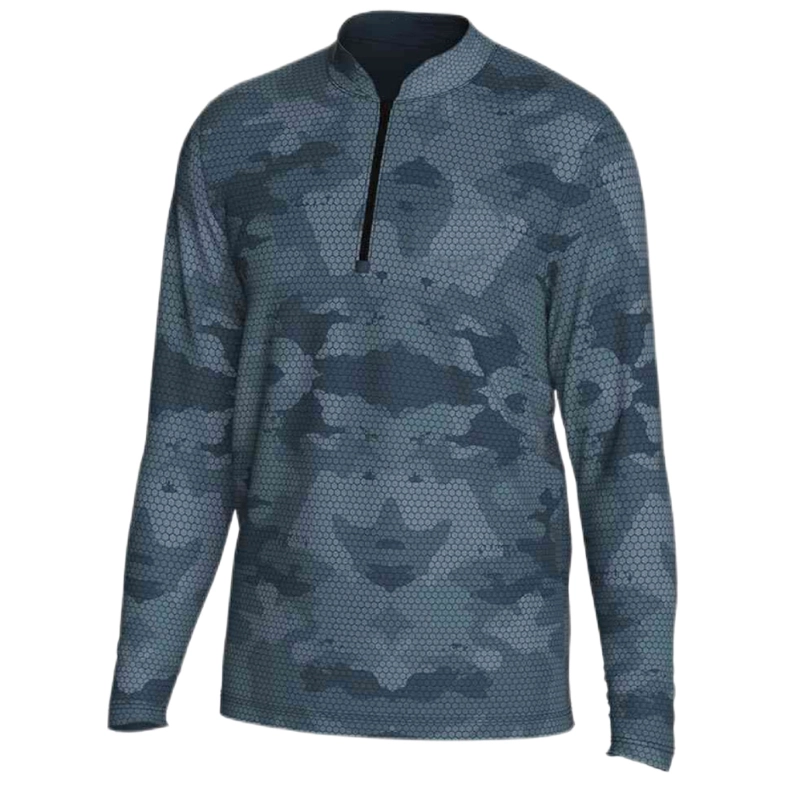As we head outdoors, whether for a leisurely stroll or an intense hike, protecting our skin from the harsh effects of the sun’s ultraviolet (UV) radiation becomes a top priority. While slathering on sunscreen and donning a hat are essential steps, wearing sun-protective clothing can provide an added layer of defense. This is where UPF (Ultraviolet Protection Factor) ratings come into play. But what exactly do these ratings mean, and how do they safeguard our skin? In this article, we’ll delve into the Sun Protection Clothing Manufacturers in sun-protective clothing, exploring the intricacies of UV radiation, fabric properties, and the testing methods used to determine these ratings.
The Dangers of UV Radiation
UV radiation, emitted by the sun, is a known carcinogen responsible for causing skin damage, premature aging, and even skin cancer. There are two primary types of UV radiation: UVA and UVB. UVA rays penetrate deeper into the skin, leading to wrinkles, age spots, and skin discoloration, while UVB rays are primarily responsible for causing sunburn. Prolonged exposure to both types of radiation increases the risk of skin damage, making it essential to take protective measures. Sun-protective clothing, with its built-in UPF ratings, offers a reliable way to shield our skin from these harmful rays.

Fabric Properties and UPF Ratings
So, how do fabrics protect us from UV radiation? The answer lies in the fabric’s properties, such as its weave, thickness, and material. Tightly woven fabrics, like cotton and polyester, are more effective at blocking UV radiation than loose weaves, like linen and rayon. Thicker fabrics, like canvas and denim, also offer better protection than thinner ones, like silk and nylon. Additionally, some fabrics are treated with special finishes or chemicals that absorb or reflect UV radiation, enhancing their protective capabilities. UPF ratings take these factors into account, providing a standardized measure of a fabric’s ability to block UV radiation.
Testing Methods for UPF Ratings
To determine a fabric’s UPF rating, manufacturers use a standardized testing method. This involves exposing the fabric to a controlled amount of UV radiation and measuring the amount of radiation that passes through. The resulting rating is based on the fabric’s ability to block both UVA and UVB radiation. In the United States, the American Society for Testing and Materials (ASTM) sets the standards for UPF testing, which involves using a spectrophotometer to measure the fabric’s transmittance of UV radiation. Fabrics with a UPF rating of 50+, for example, allow only 1/50th of the sun’s UV radiation to pass through, providing excellent protection.
Interpreting UPF Ratings
Now that we understand how UPF ratings are determined, let’s explore what these ratings mean for consumers. UPF ratings range from 15 to 50+, with higher ratings indicating greater protection. A rating of 15-24 offers minimal protection, while a rating of 25-39 provides moderate protection. Fabrics with a rating of 40-50+ offer excellent protection, blocking 97-99% of UV radiation. When shopping for sun-protective clothing, look for garments with a UPF rating of 50+, especially if you plan to spend extended periods outdoors.

Real-World Applications of UPF Ratings
While UPF ratings are essential for sun-protective clothing, they also have practical applications in various industries. For example, outdoor workers, such as construction workers and landscapers, can benefit from wearing UPF-rated clothing to reduce their risk of skin damage. Similarly, athletes and fitness enthusiasts can wear UPF-rated activewear to protect their skin during outdoor activities. Even everyday clothing, like t-shirts and shorts, can be designed with UPF protection in mind, providing an added layer of defense against UV radiation.
Conclusion
In conclusion, UPF ratings play a vital role in protecting our skin from the dangers of UV radiation. By understanding the science behind these ratings, we can make informed choices when selecting sun-protective clothing. Whether you’re an outdoor enthusiast or simply looking to safeguard your skin during daily activities, UPF-rated clothing offers a reliable and effective way to shield yourself from the sun’s harmful rays. Remember, prevention is key, and wearing UPF-rated clothing is an essential step in maintaining healthy, protected skin.
